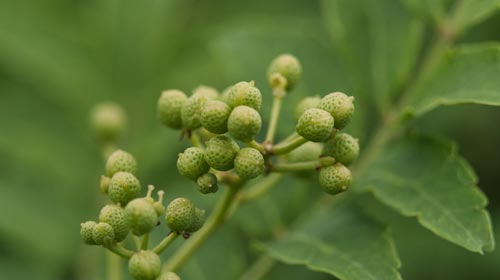
Sansho – Japans zitronig-scharfer Pfeffer mit betäubender Leichtigkeit
Wer ihn einmal auf der Zunge gespürt hat, vergisst ihn nicht so schnell: Sansho, der japanische Bergpfeffer, kitzelt nicht nur mit Schärfe, sondern mit einem einzigartigen Prickeln – als würde ein ...
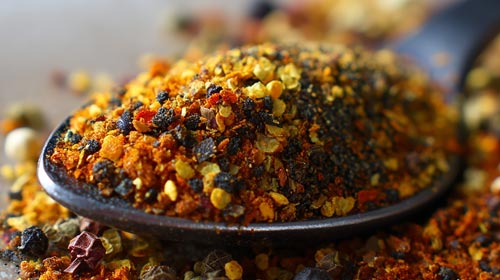
Togarashi – Die Geschichte einer japanischen Gewürzmischung mit Feuer
Wenn in der japanischen Küche Schärfe gefragt ist, fällt ein Name fast immer: Togarashi. Doch was genau ist das eigentlich? Ein Chili? Eine Gewürzmischung? Oder beides? Die Antwort ist ebenso vielf...
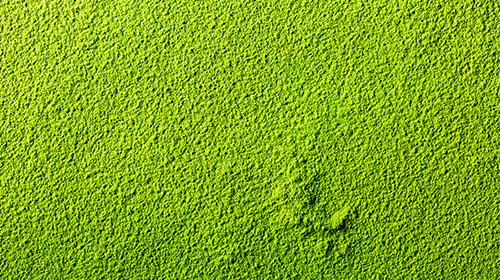
Bio-Matcha aus Japan – Nachhaltiger Teeanbau mit Tradition & Zukunft
Wer an Matcha denkt, denkt oft an Japan – und das zu Recht. Denn kaum ein Land pflegt die Kunst des grünen Pulvertees so hingebungsvoll wie Japan. Doch abseits industrieller Massenproduktion entste...
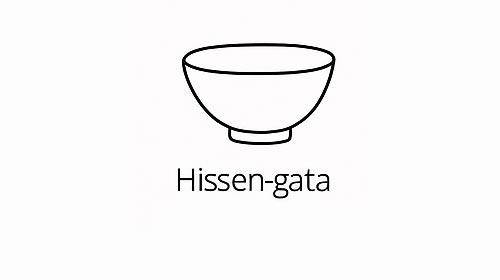
Hissen-gata Chawan – The bowl of the flowing brush
The Hissen-gata chawan is a tribute to movement. "Hissen" (筆線) literally means "brushstroke"—and that's exactly what this bowl looks like: formed from a single fluid, rhythmic stroke. It symboli...

Ein Samowar ist weit mehr als ein nostalgischer Wasserkocher – er ist das Herzstück einer jahrhundertealten Teekultur, die vor allem in Russland, der Türkei, im Iran und in Zentralasien lebendig ge...
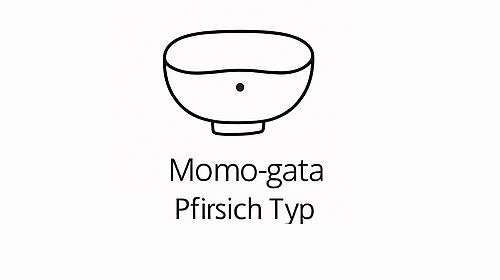
Momo-gata Chawan – The peach-shaped bowl
The Momo-gata chawan is a vessel full of softness, grace, and subtle symbolism. "Momo" (桃) means "peach," and thus the shape of this bowl reflects the soft, rounded lines of a ripe peach fruit—a sy...
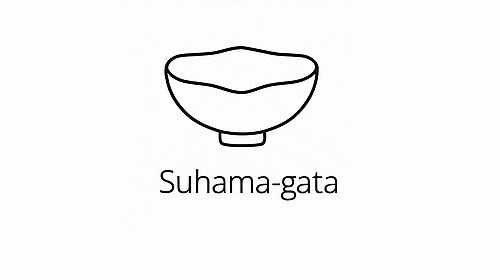
Suhama-gata Chawan – The bowl like a coastline
The Suhama-gata chawan is a poetic vessel. In Japanese landscape design, "Suhama" (州浜) refers to an artificially created coastline—with a flat, curved shoreline and changing contours. This idea has...
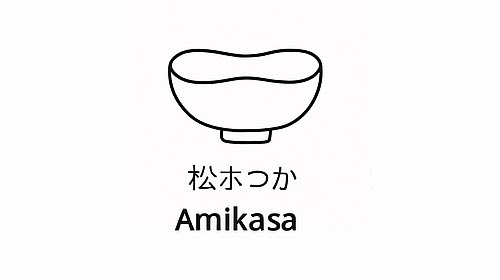
Amikasa Chawan – The bowl like a net of light
The Amikasa chawan is a modern poetic statement within the traditional world of chawan. Its name "Amikasa" (編笠) literally means "woven hat," referring to the shape of traditional Japanese sun hats...

Zōkō-gata Chawan – The sublime form of hospitality
The Zōkō-gata chawan is one of the most dignified appearances among matcha bowls. The name "Zōkō" (蔵高) can be interpreted as "towering storage" or "sublime volume," with "zō" also suggesting colle...

Dojimari-gata Chawan – The bowl of collection and concentration
The Dojimari-gata chawan is like a silent inward movement. Its strikingly narrowed rim encloses the tea, almost protectively—an architectural symbol of seclusion and concentration. "Dojimari" (胴締まり...
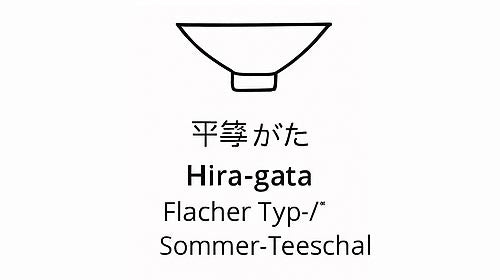
Hira-gata Chawan – The flat summer tea form
The Hira-gata chawan is one of the clearest, most open, and yet most elegant bowl shapes in the Japanese tea ceremony. Its name is a combination of "Hira" (平), meaning "flat" or "even," and "gata"...
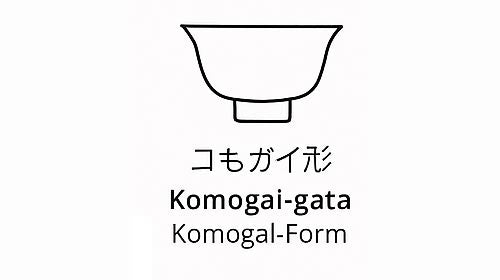
Komogai-gata Chawan – Delicate grandeur in feminine form
The Komogai-gata chawan is often described as the "feminine" of matcha bowls. Its name is a combination of "komogai" (小最) – an older euphemism for delicate, noble things – and "gata" (形), meaning ...

